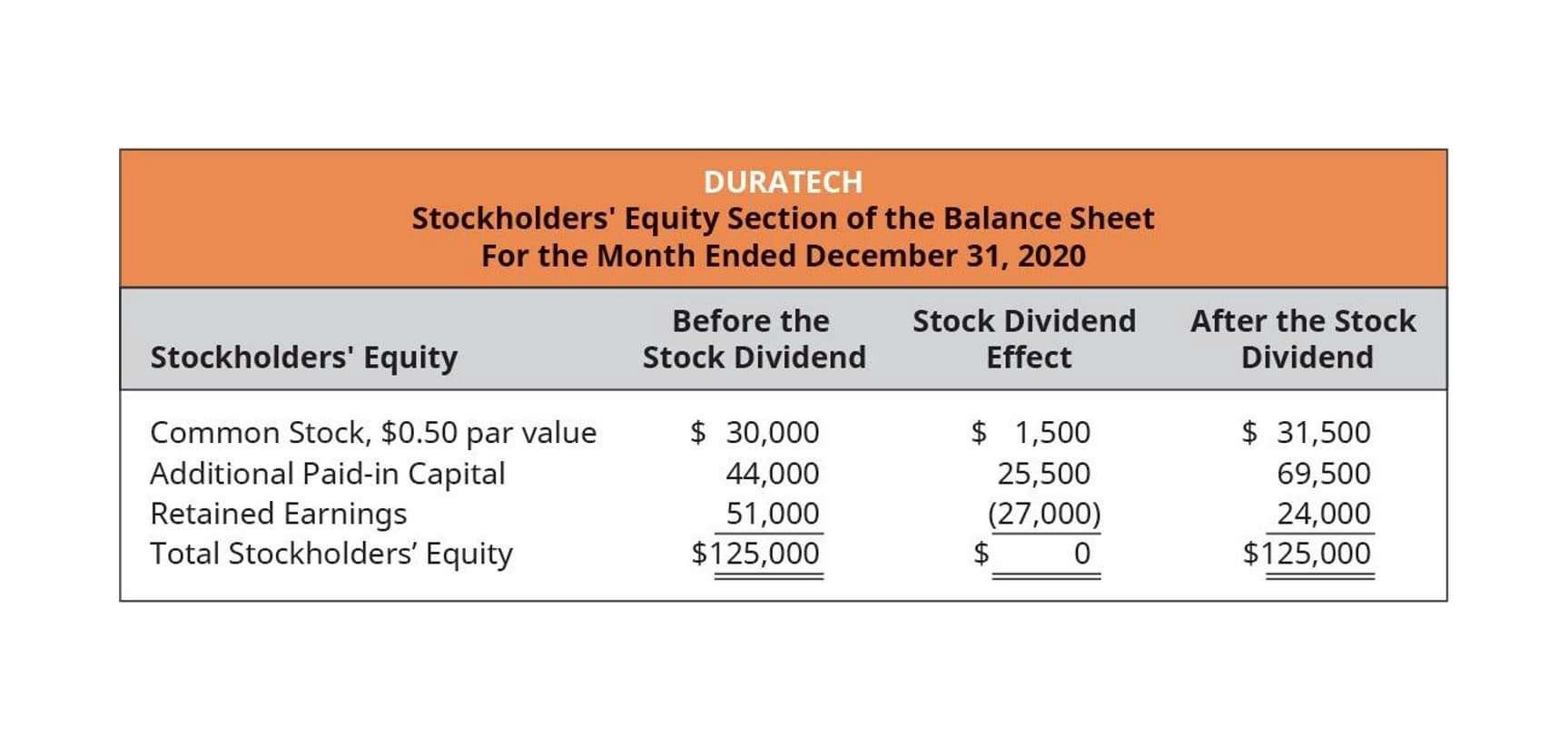
Esker’s AR solution integrates with any ERP system or business application. Once the customer invoice is validated in the ERP, it’s Law Firm Accounts Receivable Management quickly and securely transmitted to Esker to be processed. Customer information, payment status and open AR files can also be synchronized.

What is the Accounts Receivable process?

Good AR management practices can minimize bad debts, reduce the number of overdue payments, and improve cash flow. Implementing accounts receivable best practices is essential for maintaining steady cash flow, reducing overdue invoices, and building stronger customer relationships. By automating key tasks, monitoring critical metrics, and streamlining follow-ups, businesses can simplify AR management and focus on growth. Tools like InvoiceSherpa make it easy to optimize your collections process, ensuring faster payments and improved financial stability. Accounts receivable management refers to the systematic and law firm accounts receivable management strategic process of handling a company’s outstanding customer invoices and ensuring the timely receipt of payments.

Accounts Receivable Management: The Ultimate Guide for AR Teams
The Accounts Receivable process is the set of steps a business follows to invoice a client and collect payment. It’s essential for managing a smooth transition from sales to revenue and ensuring that a business maintains a healthy cash flow. Additionally, leveraging data analytics to identify trends and patterns in customer payment behaviour can help businesses make informed decisions to improve their accounts receivable processes. Use data analysis to identify patterns and trends in customer payment behavior.Identify customers who consistently pay late or have a high rate of returned checks or chargebacks. Then, use the insights gained from data analysis to make informed decisions and improve accounts receivable management strategies.
- Automation eliminates manual errors and ensures consistent communication with customers.
- Discover the top 12 accounts payable KPIs to track to increase performance in your Accounts Payable department and how AP automation software can help you improve them.
- By monitoring these metrics, companies can assess the effectiveness of their AR management practices and identify areas for improvement.
- Because the customer (or debtor) has a legal obligation to pay for what they received, Accounts Receivables are considered a liquid asset.
- In the B2B world, credit plays a crucial role in sustaining business operations.
Accounting Objectives
Peakflo tracks payments in real-time and keeps a record of when customers pay their bills. It is helpful for an audit because auditors can quickly check if payments have been received and matched to the correct invoices. If customers miss any payments or record them incorrectly, Peakflo makes it easy to spot and fix the issues quickly. Accounts overdue for a long time might be risky so the auditor will note any issues affecting the business’s finances.
Metrics Used in Accounts Receivable Management
Accounts receivable (AR) refers to the money owed to a business by its customers for goods or services that have been provided but not yet paid for. It is an essential aspect of a company’s financial management, as it directly impacts cash flow and overall financial health. AR is considered a current asset on a company’s balance sheet and is used to evaluate its liquidity and ability to cover short-term obligations. An retained earnings balance sheet example of AR management could be a company implementing a credit policy that includes extensive credit checks on potential clients. This organization may also employ an automated system to send invoices and payment reminders, as well as a periodic analysis of its accounts receivable aging report to identify and address late payments.
